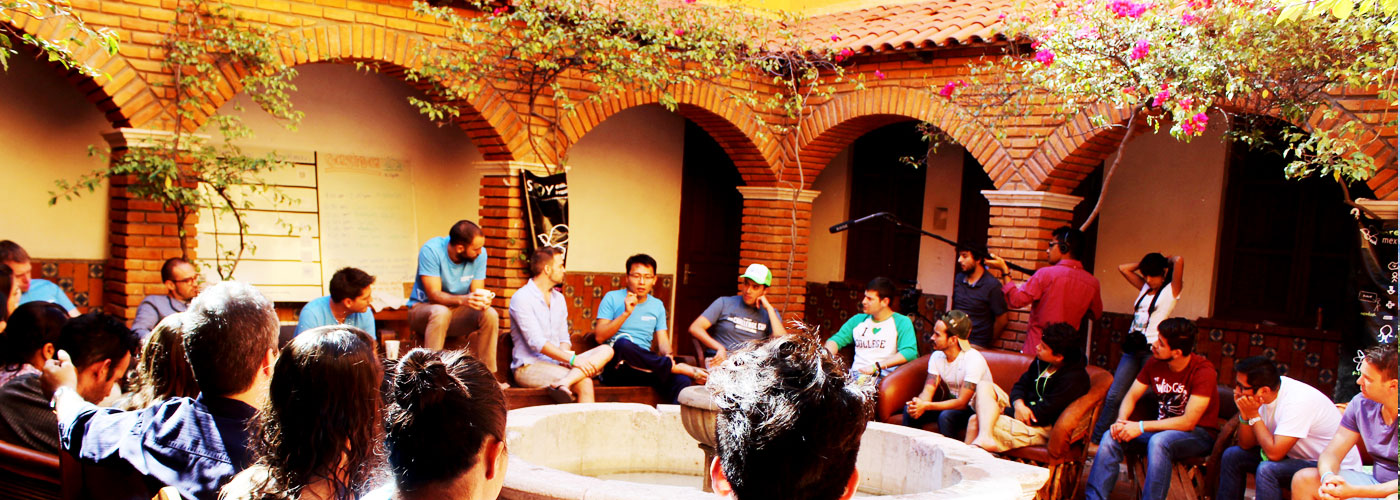When Ghonsla, a sustainable building insulation company, initiated its operations in Chitral of northern Pakistan, we were warned that low per capita income of less than $200, inhospitable weather and a challenging landscape would make it impossible to create customer demand and grow a functional business. Creating incentives for people to install insulation either through subsidies or through free installations was seen as the only strategy.
Even if customers have purchasing power, they might still need the flexibility to pay in installments. Tweet This Quote
Though a handful of NGOs made progress introducing building improvement and energy saving products in the region, they struggled to scale. Subsidization over a period had reinforced a customer expectation of not paying and the perception of products as not being competitive.
As a startup looking to meet customers’ insulation needs in underserved markets, having demonstrated demand and engagement from users was necessary for evolving our product and price point; it was also critical for efficiently building out our value chain to service their needs. For that, our strategy had to be different. Yet, how could we sell to customers who did not have sufficient funds to pay upfront?
Here, we decided to experiment by using product financing to accelerate insulation retrofits. As a first step, we decided to pilot product financing in-house to see if we could grow demand without compromising financial viability (charging 0% interest and controlling for customers defaulting).
No matter how a customer pays for a product or service, the expectation of full accountability from the enterprise remains the same. Tweet This Quote
It was a bold move—as we iterated our product and service offering, we simultaneously evolved our product-financing scheme.
But, it has paid off. Over the past three years, we have disbursed over $40,000 in product financing loans amongst 140 of our customers—with over 70% of the amount paid back to date. In the process of iterating our product-financing offering, we learned the following four essential things:
1. Grant funding can be effectively used to grow sustainability
We were fortunate to secure $100,000 as part of National Geographic’s Great Energy Challenge Grant. We could have used the grant to insulate 250 homes for free or to subsidize the product, however we knew that there was minimum market demand in the district to annually insulate 750 homes. Our customers had purchasing power, but some needed the flexibility to pay in installments. To solve this, we used the grant to create a revolving fund instead to provide product-financing loans to eligible customers.
2. Paying customers ensuree greater accountability from the enterprise
Whether a customer pays fully upfront or in installments, there is no difference in expectations related to product performance and service provision. When we ran into issues with the product or installation quality, we knew we had to do replacements without delay. Otherwise, loss of customer trust would translate to losing customers and also invalidate any pending installment payments.
3. Pitching product financing to customers requires sensitivity
Throughout our operations, we have not publically advertised the availability of product financing, given the local political and religious propaganda against loan offering. It’s only when customers visit our office and we understand their requirement and background that we offer product financing.
Pitching product financing to customers requires listening to their needs and potentially customizing their plans. Tweet This Quote
We have often customized the down payment amount as well as the period for installment payments, based on our own due diligence. Despite the number of checks and documentation in place, it comes down to harnessing the ability within the team dealing with the customer to understand the capability and foresee and manage risks associated with payment.
4. Effective product financing requires creative integration into day-to-day operations
Having seen local microfinance bank counterparts criticized for their high interest rates (20%+) due to significant operational expenses, we realized the need to leverage our ongoing activities of promotion, installation and customer follow up in the field—particularly during the first 10 days of the month—to collect payment installments. Payments can be further streamlined and made convenient in communities with high mobile penetration through the use of payment reminders and scheduling through messaging as well as mobile payments.
There is no set formula for designing and executing accessible and affordable product financing for customers in need. Tweet This Quote
Today, a significant number of businesses are using innovative product financing to unlock and grow markets for clean energy products and services. From partnering with existing microfinance institutions and banks to crowd-sourcing funds for loans to pay-as-you-go models, there is a whole range of schemes to choose from.
While there is no set formula for designing and executing accessible and affordable product financing for customers in need, the symbiotic engagement that is created can be surprising. For this reason, despite the floods and earthquake in Chitral this year, all of our customers have paid on time—not a single one has defaulted.



